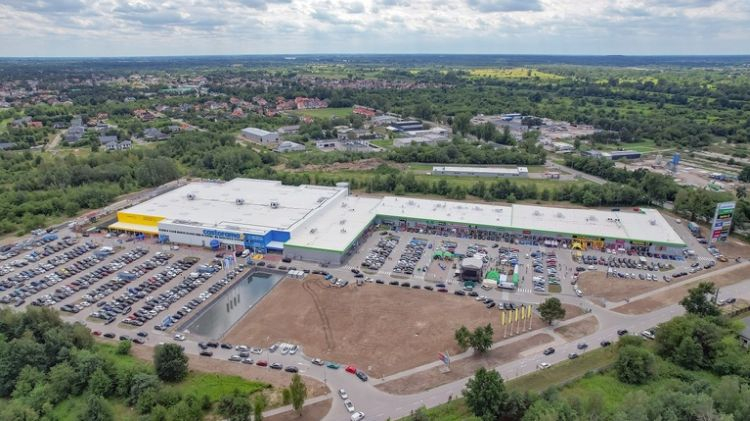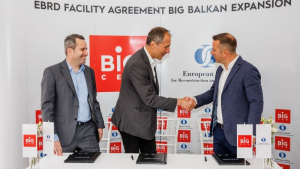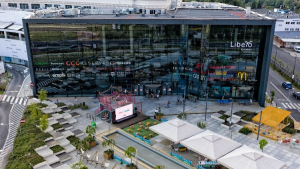
Trei Real Estate and Jones Lang LaSalle Poland jointly published a new market report on retail parks and convenience centres in Poland. Here are the key findings: Within the retail sector as a whole, investors focus primarily on retail parks, convenience centres, DIY stores and food markets. Prime yields for high-end retail parks have maintained a stable level between 6.5 and 6.75%. The Polish retail investment market saw five banner years of very strong investment volumes between 2015 and 2019, each achieving a transaction total of €2.0 billion to 2.5 billion. The year-end volumes of 2020 and 2021 were significantly lower at c. €750 million and €1.0 billion, respectively. By contrast, investments in 2022 already stood at c. €760 million by mid-year. Accordingly, Trei and JLL Poland feel optimistic about 2022 as a whole.
The going prime rents at retail parks are 8.0 to 12.0 €/sqm/month. Pepijn Morshuis, CEO of Trei Real Estate, commented: “Prime rents have so far been stable at the level of previous years. But given the increase in construction costs and interest rates, rents will inevitably go up in the future. Lease agreements are usually signed for terms of five, seven or ten years. The rent rate is fixed in euros, but is normally paid in złotys.”
Morshuis went on to say: “Just like in other countries, the macroeconomic situation in Poland is defined by very high inflation rates and fast-rising interest levels. In September, the inflation exceeded 17 percent. Poland’s central bank quickly raised its key lending rate in the course of the year. The most recent interest rate hike on 7 September brought it up to 6.75%. Against this background, the stability of the retail park segment is very reassuring.”
Tenant-side demand for retail units remains strong in Poland. Over the past three years, 50 international retailers entered the Polish market. During the same period of time, 18 retailers exited the market again. “Given the challenges created by the pandemic, we consider these figures to be excellent,” said Morshuis.
One major advantage of the retail parks is their low service charges. At present, they are somewhere between 1.5 and 2.0 €/sqm/month. For the sake of comparison: Service charges in shopping centres can run as high as 20 euros/sqm/month. Morshuis cautioned: “However, our estimates suggest that service charges will go up. This is mainly attributable to growing energy prices.”
Retail park segment growing very quickly
A closer look at Poland’s retail property market as a whole reveals that shopping centres represent the largest segment with 61% of the total. Retail parks currently account for around 14% of the floor space stock in the Polish retail property market. While the market for large shopping centres is more or less saturated, the retail park segment is growing at breakneck speed as the construction output shows. During the first half-year of 2022, around 183,200 sqm of retail space came on-stream. Retail parks accounted for two-thirds of the total, while stand-alone retail warehouses claimed another 28%. Only six per cent of the newly completed floor space was located in traditional shopping centres. Roughly another 181,000 sqm of space in retail parks alone are to go live before the end of 2022.
Morshuis commented: “As far as traditional shopping centres go, Poland has essentially caught up with western European markets. Germany’s eastern neighbour now has a density ratio of 258 sqm per 1,000 inhabitants in this segment. The retail park segment presents an entirely different picture: Here, the density ratio is only 84 sqm per 1,000 inhabitants. The low level of supply implies a significant potential for further growth. It is one of our main reasons for developing so many retail parks there and keeping them in our portfolio.”



